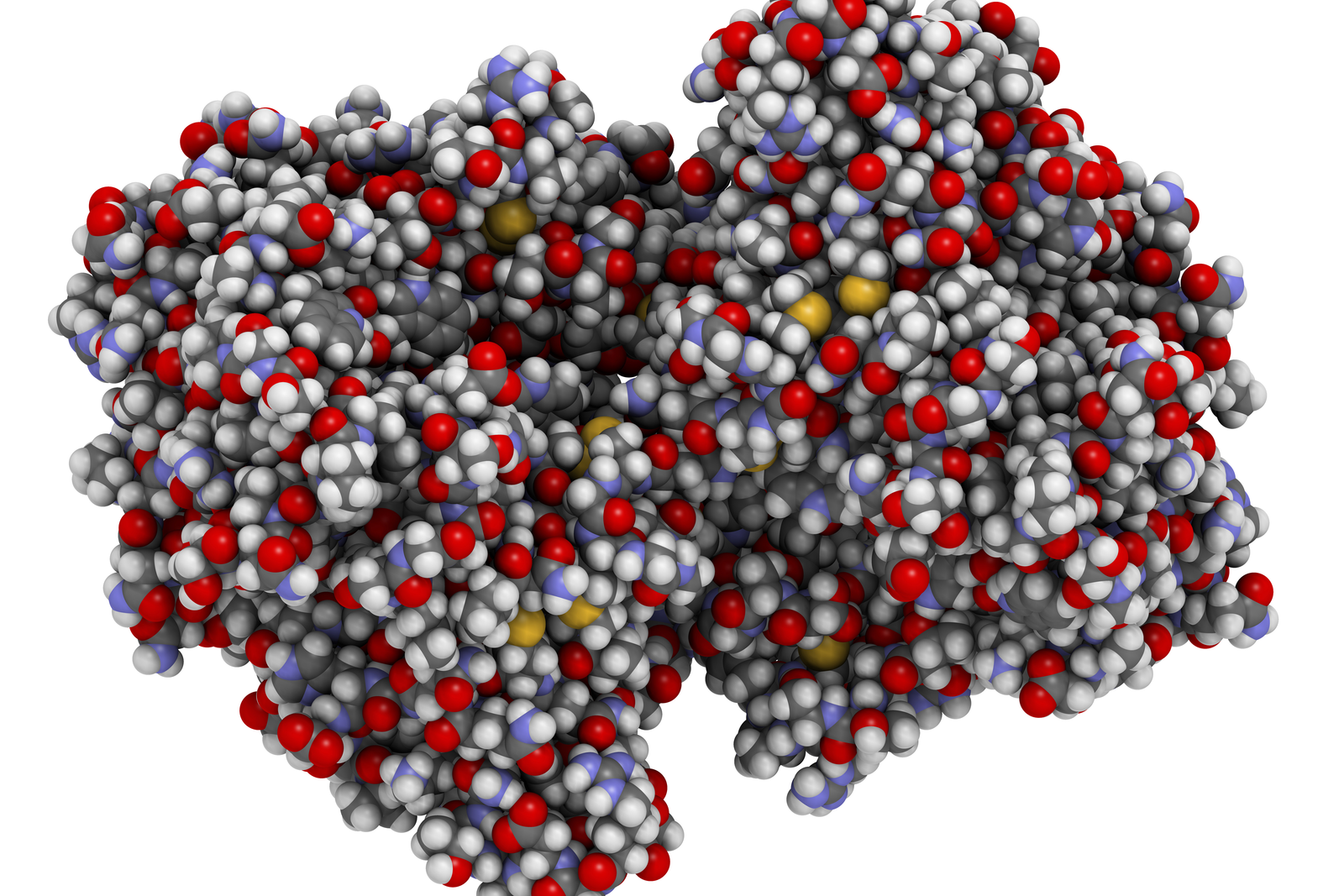Formulating and applying a multi-enzyme solution

Adding enzymes to pig and poultry diets is a commonly used strategy to maximise energy and protein utilisation. An imbalance of the microflora in the gastro-intestinal tract can occur and as a consequence production performance will decrease. Here, multi-enzyme solutions now have a key role to play in modern farming.
An optimal balance of the microflora in the gastro-intestinal tract (GIT), also called eubiosis, is one of the keys to optimal production performances of pigs and poultry. The use of vegetable proteins and the ban on antibiotic growth promoters (AGP’s), makes it a real challenge for nutritionists to formulate high quality diets for high performing production animals. Feed additives can be a very helpful tool to promote eubiosis and overcome an imbalance in the microflora of the GIT, also known as dysbiosis. The strategy which combines nutritional technology with the use of different modern feed additives can be defined as ‘Eubiotic Nutrition’. In Figure 1 the key strategies of eubiotic nutrition are displayed:
- Step 1 is to liberate energy and protein from the feed,
- Step 2 is to maximise nutrient absorption and
- Step 3 is managing optimal GIT microflora and thereby overall health.
Figure 1 – Key strategies of Eubiotic Nutrition.

Maximising energy and protein utilisation
Energy is the most expensive part of monogastric diets and is predominantly provided by cereal grains. Wheat and maize are used extensively as an energy source. The common fibre-degrading enzymes such as xylanase, beta-glucanase and cellulase have shown good results with typically wheat based diets.
Soybean meal is a major source of plant proteins and contains non-starch polysaccharides (NSP’s), like arabinoxylans, pectins and beta-glucans. Leguminous seeds such as peas, beans and lupines are gaining more interest as a protein source in animal nutrition. These legume seeds contain, however, important amounts of the alpha-galactosides: raffinose, stachyose and verbascose and some minor levels of mannans that negatively affect nutrient absorption. These oligosaccharides appear to be indigestible in the stomach and the small intestine. But bacteria in the lower intestinal tract are able to metabolise these sugars to CO2, H2 and CH4 provoking digestive disorders. Fortunately, research has shown the impact on zootechnical performances and the cost-effectiveness of breaking down these oligosaccharides with enzymes such as alpha-galactosidase and beta-mannanase.
A multi-enzyme approach
To gain the full benefit from diets containing cereal grains and high fibre plant protein sources, a multi-enzyme system that contains fibre-degrading enzymes such as alpha-galactosidase, beta-mannanase and pectinase are of great interest. Furthermore, the production of endogenous enzymes in young animals may not yet be sufficient. Therefore, protease and alpha-amylase supplementation is needed to maximise the utilisation of protein and starch. A multi-enzyme system, containing the previously mentioned fibre-degrading enzymes, NSP-enzymes, alpha-amylase and protease, is beneficial to current broiler and piglet diets. This led Framelco to develop FRA Octazyme C Dry, which contains eight active enzymes: xylanase, beta-glucanase, cellulase, pectinase, alpha-galactosidase, mannanase, alpha-amylase and protease.
The beneficial effect of this product has been confirmed in both piglets and broilers. At an independent research institute in the Netherlands a trial was conducted in piglets. Sixty weaned piglets received 50 g of the additive per tonne of feed during a six week period (treatment group), whereas the other group of weaned piglets (n=60) did not. The average body weight at the start was 6.5 kg and was similar in both groups. The body weight after six weeks was significantly higher in the treatment group (see Table 1). The FCR was also significantly improved when feeding the additive.
Broiler performance was also improved when 50 g of the product was added to one tonne of a maize based diet. Figure 2 shows that live weight was significantly higher in broilers receiving the additive. The feed conversion ratio was also significantly improved over the whole trial period.
Figure 2 – Broiler performance results (control vs. FRA Octazyme C Dry).

Maximise nutrient absorption
When feed has been properly broken down into single nutrients, these nutrients need to be absorbed in the small intestine in order to be used by the animal. Nutritional emulsifiers, like hydrolysed lecithins (also termed as lysolecithins) could be beneficial in this matter. Hydrolysed soy lecithins have high levels of the more specific lysophosphatidylcholine (LPC) and lysophosphatidyletanolamine (LPE). LPC and LPE are both important components of the lipid bilayer of the cell membranes and have the ability to enhance nutrient absorption in general and to improve the digestibility of fats in particular. Hence, the second step in eubiotic nutrition can be the addition of hydrolysed lecithins, such as FRA LeciMax Dry. Adding only 500 g of this per tonne of feed in weaned piglets, resulted in a significant improvement of body weight gain compared to the control group (resp. 405 vs. 376 g/d, P=0.038) and FCR (resp. 1.539 vs. 1.719, P=0.005). As feed intake was not significantly different, the results indicate that the addition of hydrolysed lecithins contributes to the optimisation of nutrient absorption.
Managing the gastro-intestinal microflora
Short- and medium chain fatty acids have been widely implemented, because of their beneficial effects on general health and performance of livestock. However, according to scientific research, the alpha-monoglycerides of these fatty acids are much more powerful in their antibacterial effect.
As alpha-monoglycerides of short chain fatty acids are more active against gram-negative bacteria and the alpha-monoglycerides of medium chain fatty acids more towards gram-positive bacteria, products such as FRA Gut Balance produced by Framelco have a broad spectrum of antibacterial effect. This should result in an optimal gut balance, which stimulate general health and performance. Alpha-monoglycerides therefore, fit in the key strategies to obtain eubiosis.
The addition of enzymes has shown to be beneficial for feed digestion, with the hydrolysed lecithins assisting in their absorption and the alpha-monoglycerides assuring an optimal gut health. These are the three key factors in the eubiotic nutrition concept for a healthy animal production and maximising performances.
Author:
Olga Dansen, Framelco











